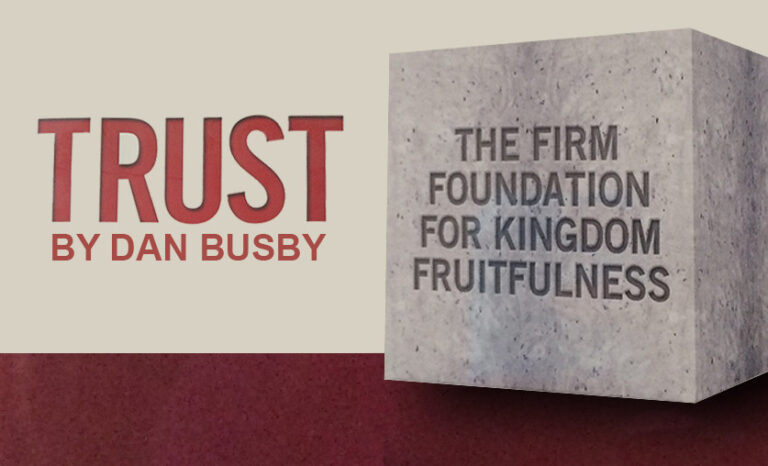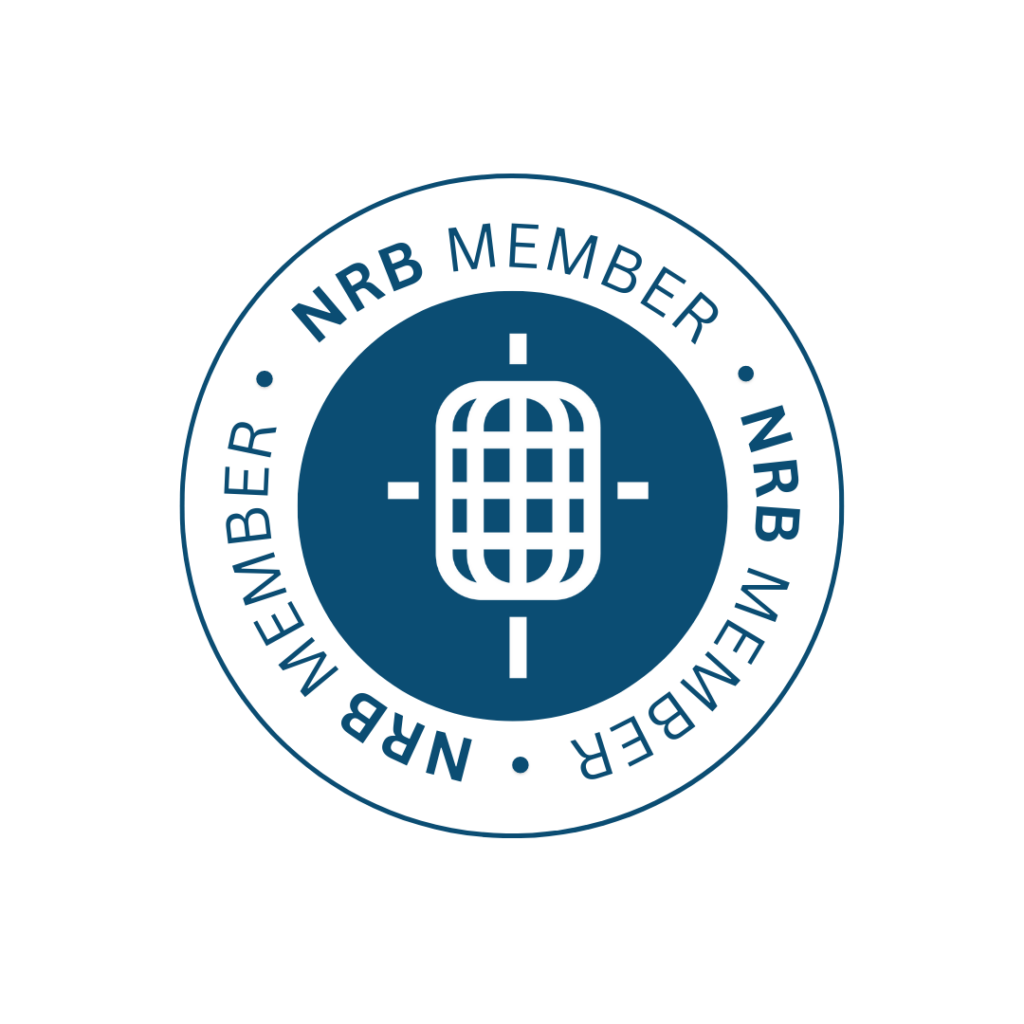What is the Most Difficult Question in Fundraising?
As simple as it may sound, one of the most difficult questions nonprofits have to answer is: “What do we need the money for?” Sounds easy doesn’t it? After all, every organization has the need for money.
Ah, but it’s not easy, because there’s another part to the question that many fundraising executives don’t think to ask, and it involves the donor. So the full question is really, “What do we need money forthat donors will want to give to?”
As a consulting firm, Douglas Shaw & Associates frequently encounters the difficulty many nonprofits have in answering this question.
Some of the less attractive answers people give are:
- Training/teaching
- Leadership development
- General/Annual fund
- Overhead
- Salaries
- Irrigation systems and any other project that feels peripheral to changing or saving lives.
This is what people want to give to ALL of the time…change and save the lives of people in need.
So one of the biggest challenges the nonprofit faces is translating or interpreting the needs of their organization into meaningful language or “offers” that will capture the hearts and imagination of their donors.
It’s not so easy to do. It requires several things from the development officer:
- You must be intimately familiar with ALL the needs of your organization
- Knowledge of what your donors like to give to is essential
- Being aware of the priorities of funding needs within your organization
- A deep sense of curiosity about the nature of your impact on those you serve
- Creativity in putting together the puzzle of placing the needs of your nonprofit into “offers” that will excite your donors
Believe it or not, one of the most valuable people in solving this puzzle is your CFO (note, I said valuable not dynamic). When our consultants sit in a strategic planning meeting with our clients, they listen carefully to your answer to the most difficult question: “What do you need money for that donors will find stimulating?” Working together with you the consultant will assemble a list of your priority needs. Then the difficult work begins; evaluating each item to determine the fundraising viability of everything on the list.
This is a critical strategic session. This is where the money is made. Everything that follows, like donor segmentation, writing copy, creating good direct response design, determining the appropriate channels for communication, all take a back seat to the importance of evaluating your needs to determine their viability in the mind of the donor.
Now, back to the CFO. Once your list is assembled and evaluated for viability, it’s time to determine how much money your organization actually spends on the things you have selected from your priority funding list. If the amount being spent is too small for a legitimate appeal or campaign, you may have to group several small things together. If your needs are too large for your appeal or campaign you will need to break the line items down into appropriate pieces for the channels you’re planning to use or have available to you.
We’ve learned, over the years, to ask the CFO if a special “fund” can be created to help us create a viable offer for your donors. Let me give you an example. Several years ago I was consulting with a large homeless shelter. We were working on offers related to caring for homeless children (which we knew donors love to support). The amount being spent by the shelter to help children was close to $700,000. We decided, with the approval of the CFO, to establish two special funds: (1) The Children’s Emergency Fund and (2) The Children’s Critical Care Fund. Both of these funds covered not only the direct services provided to the children like food, shelter, clothing, and spiritual care, but also all the overhead associated with these services.
All of the time we spent in our strategic planning session and our meeting with the CFO paid off. From this tedious process we were able to develop several appeals for funding that raised hundreds of thousands of dollars for the shelter’s children’s work.
This process, described above will help any nonprofit to develop appeals with compelling offers for their donors. But, you may ask, “How do you know what the donor will find compelling?” This question is a little easier to answer. Go back and look at what your best fundraising efforts were about, and use these as your guide. Happy fundraising!
Related articles
-

CEO Expectations of a Director of Development
Did you know the national average for a director of development’s tenure with a nonprofit is only 18 months? Why…
-

The Value of “Trust”
In any fundraising effort, the crux of every invitation to donate is based on trust. Trust that the organization’s leadership…
-

Slowing the Revolving Door in the Development Office
“The person I just met with was asking for funds for a ministry that he said is the most important…






